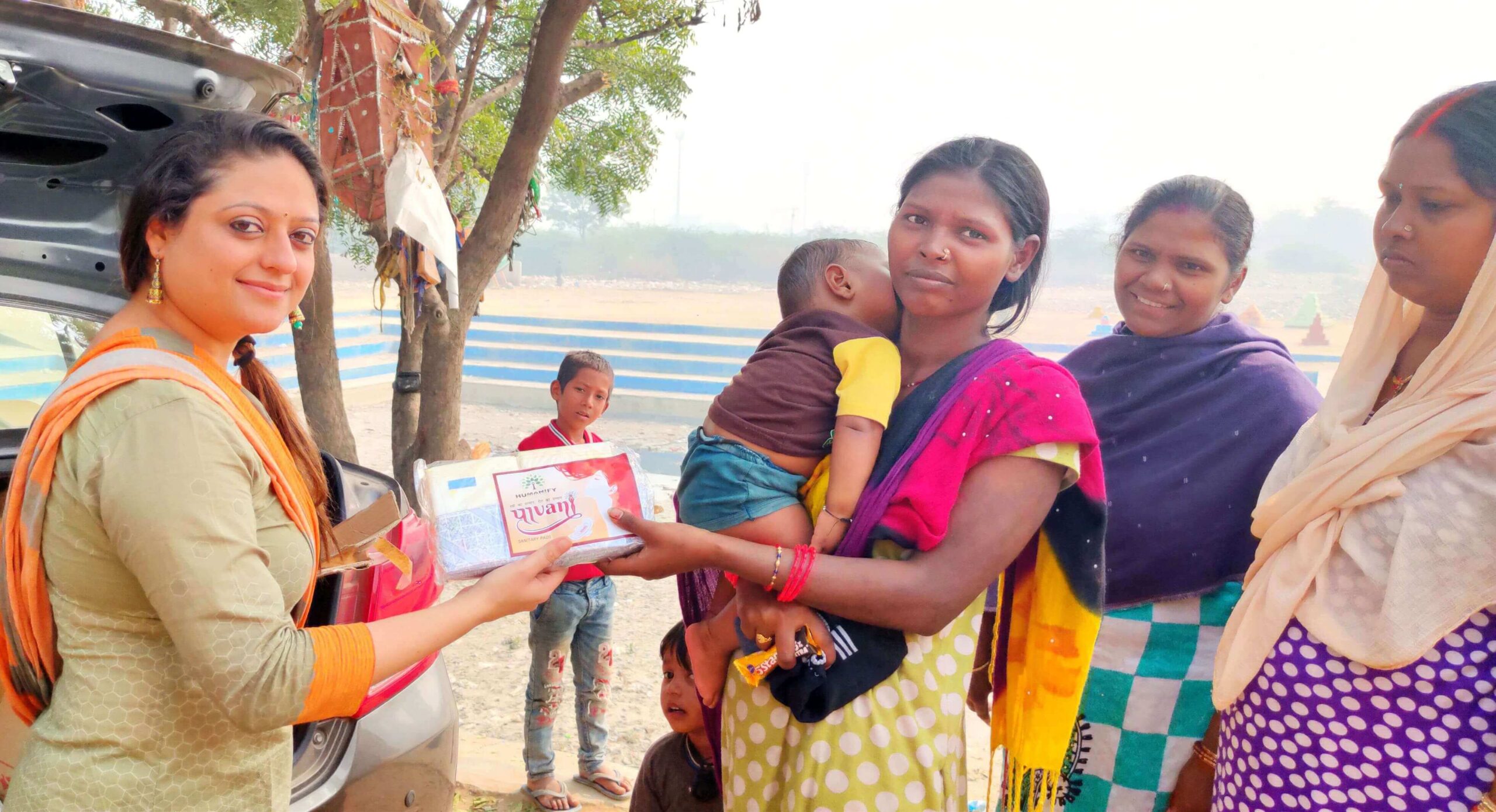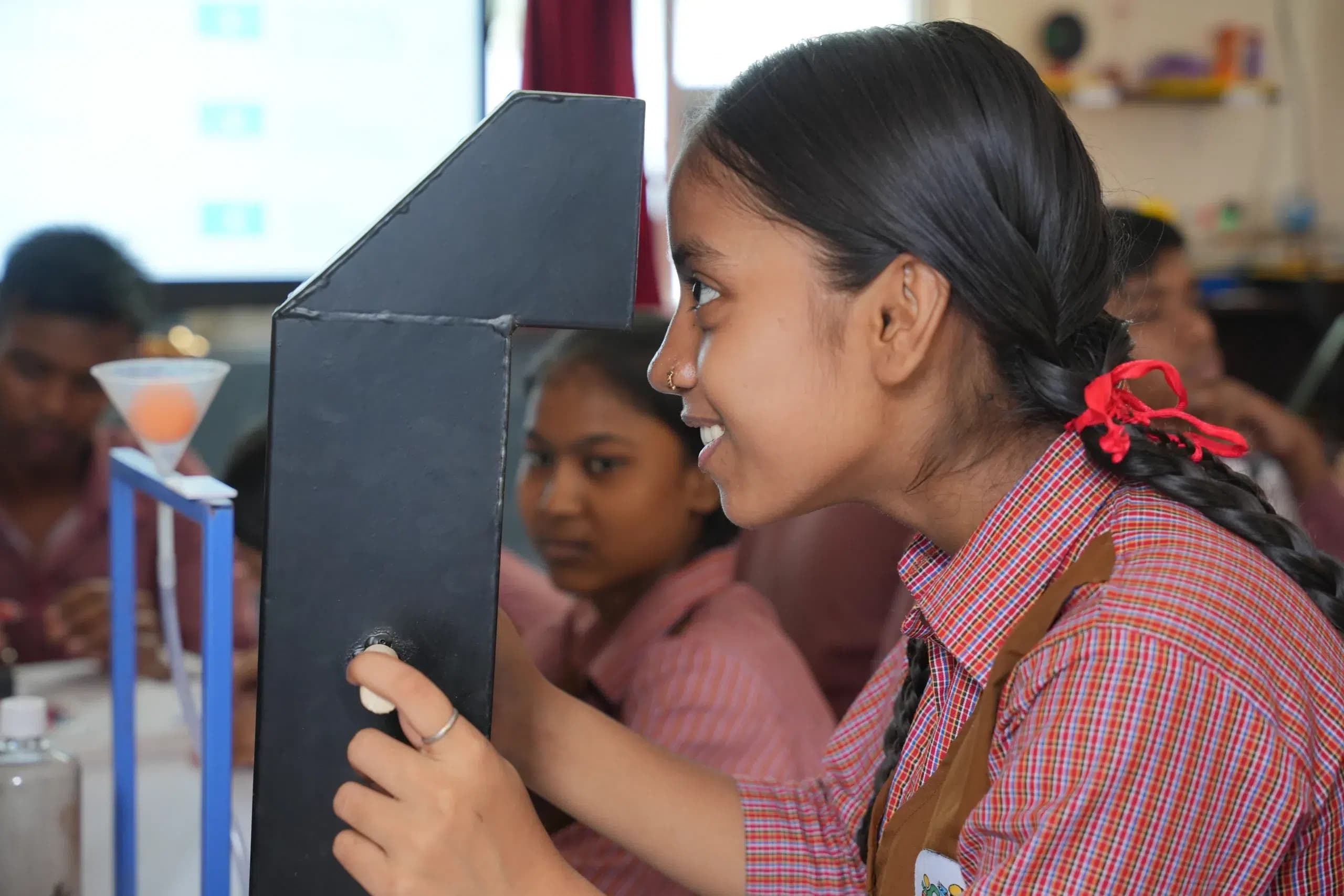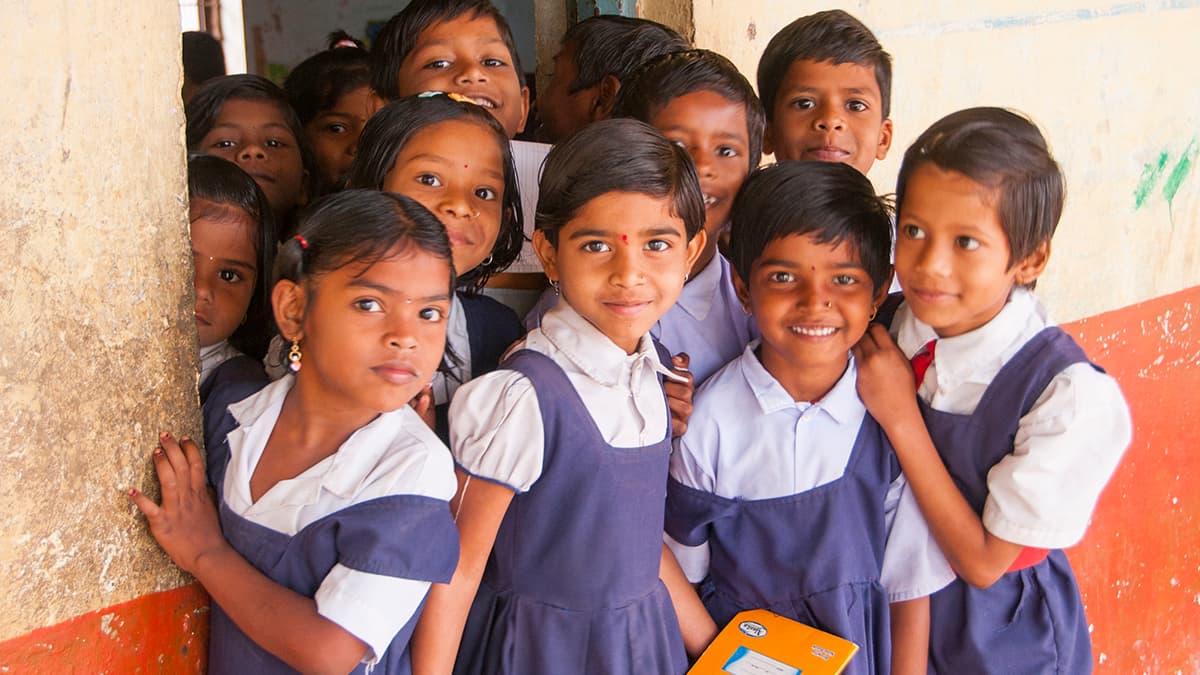Child labour is one of India’s most serious social problems today. After numerous laws and campaigns, there are still millions of children pushed into employment at the age that they should be in schools or playgrounds. The International Labour Organization (ILO) has ranked India as the country with the highest number of child labourers in the world, with more than 10 million children working in some capacity.
Why does this keep recurring, even as other sectors of development move forward? Beyond visible grounds, there are underlying causes that do not see the light of day that often. Here are five key reasons that perpetuate this cycle.
5. Demand for Cheap Labour in Informal Sectors
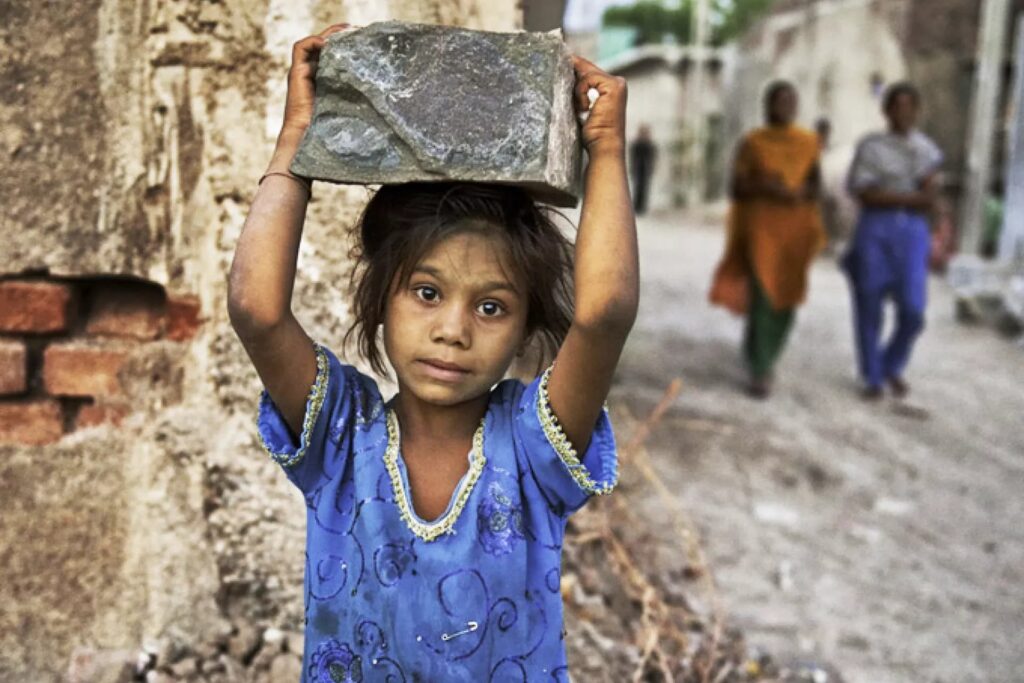
The informal sector—textiles, agriculture, construction, and small workshops—comprises a gigantic portion of India’s economy. Child workers are preferred by employers because they are less expensive, more subservient, and easier to exploit than adults.
For instance, bangle-making centers or roadside restaurants hire children for a portion of what an adult earns. As these industries are not well regulated, children are compelled to labor in dangerous conditions without the protection of any safety standards. Cheap labor drives the demand as a never-ending cycle that attracts more children into jobs.
👉 Action Point: Tighter surveillance of informal enterprises and rewards for firms that implement child-labour-free policies can serve to dismantle this demand.
4. Weak Law Enforcement and Corruption

India has a number of laws prohibiting child labour, such as the Child Labour (Prohibition and Regulation) Act, 1986 and the Right to Education Act, 2009. On paper, these are powerful. But in practice, poor enforcement and corruption water down their effect.
In most instances, local officials blind themselves to violations due to bribery, insufficient resources, or public pressure. Employees are aware that there are meager chances of being penalized and thus continue the practice.
This loophole not only legitimizes child labour but also deters parents from reporting cases. If justice seems out of reach, silence is the better choice.
👉 Action Point: Independent audits, citizen reporting platforms, and transparent monitoring systems can enhance enforcement.
3. Socio-Cultural Norms and Traditions
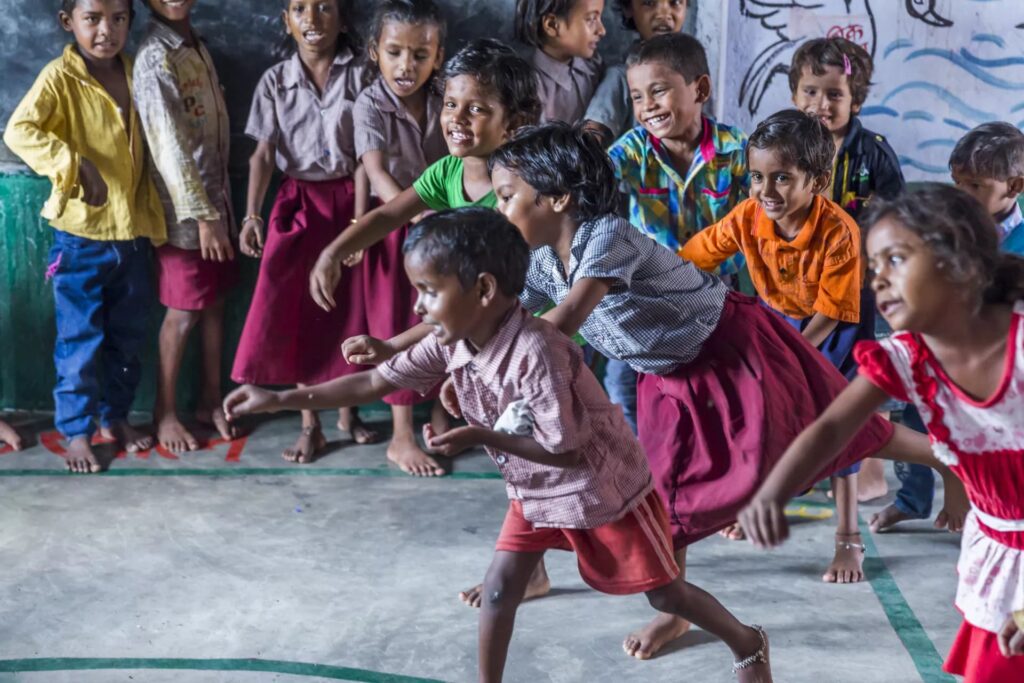
In several parts of India, particularly rural regions, child labor has become a “normal” thing to do when growing up. Parents would typically believe that kids should “learn work early” or girls should assist with domestic chores rather than pursuing school.
There are traditional practices, such as bonded labour, also involved. Some families mired in debt cycles employ children as servants to moneylenders or landlords. The deep-seated cultural beliefs legitimize exploitation and make it challenging to introduce fresh ideas.
👉 Action Point: Grassroots awareness campaigns, initiated by local leaders and teachers, can counter problematic traditions and educate individuals about education being the authentic route to empowerment.
2. Illiteracy and Lack of Access to Education
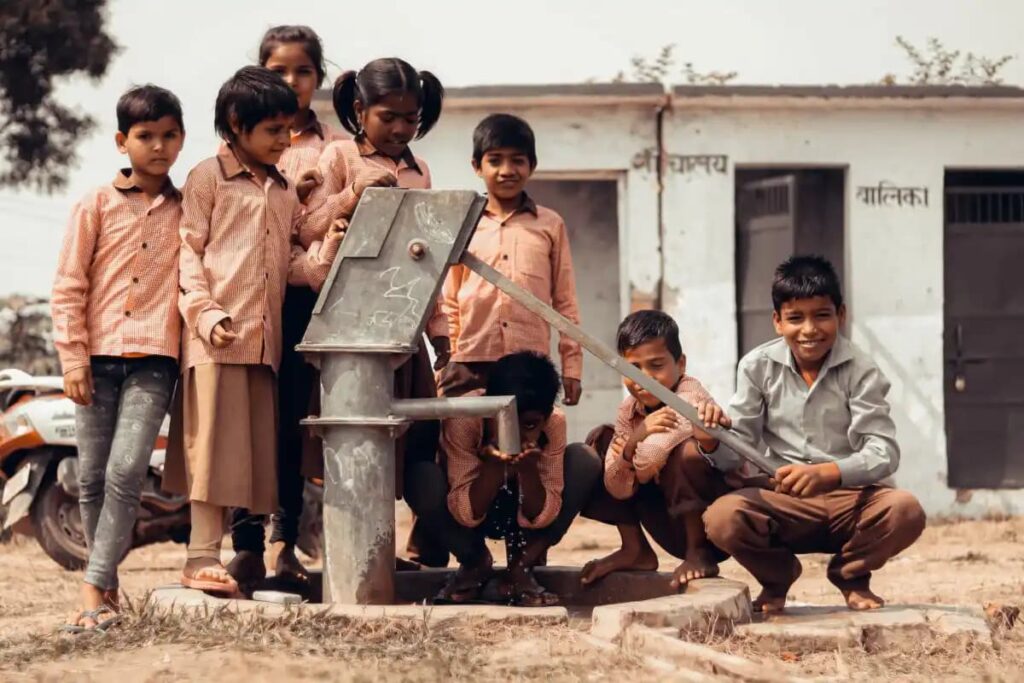
Education is the most powerful tool to combat child labour. But lack of access to good-quality schools keeps children out of classrooms. For some rural households, schools are too distant, poorly taught, or inadequately equipped.
Illiteracy among parents is also a factor. If parents do not know the importance of education themselves, they are likely to focus on short-term gains from child labour instead of long-term gains of education.
The outcome is a cycle: uneducated parents send children to work, who become uneducated and repeat the cycle with the next generation.
👉 Action Point: Investing in rural educational infrastructure, free school lunches, and cash transfers to families can incentivize children to remain in school.
1. Poverty and Lack of Financial Security
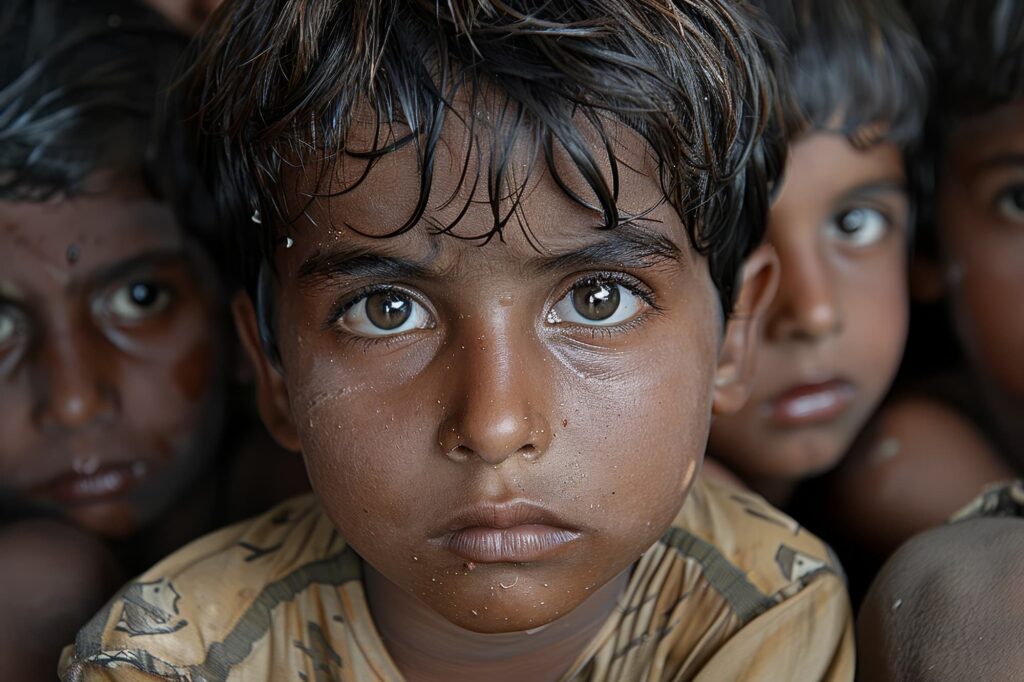
At the heart of child labour lies poverty. Those living on a day-to-day wage cannot always afford necessities, never mind school fees or the cost of transport to get there. When the option is given to send a child to school or to earn an extra pair of hands to feed the family, survival means priority.
To a family barely managing to feed itself, the short-term advantage of the income of a child far outweighs the long-run cost of forgone education. That is why poverty is India’s biggest cause of child labour.
👉 Action Point: Increasing social security programs, adult jobs, and cash transfer to needy families can decrease reliance on child income.
Conclusion: Breaking the Cycle of Child Labour
Child labour is not only an economic or legal problem—it’s a human problem that deprives children of their childhood, education, and dignity. The five underlying causes—demand for cheap labour, poor enforcement, detrimental traditions, lack of education, and poverty—are interrelated and reinforce one another.
The solution to this problem calls for everyone’s responsibility. The government needs to enforce the law, companies have to practice ethics, and society needs a change in attitude. Above all, each child needs to be provided an opportunity to learn, play, and dream—because that is not only a right, but it is a necessity for a better tomorrow.
✨ The question is: Are we ready to act, not just talk, to end child labour in our lifetime?







